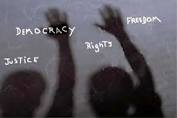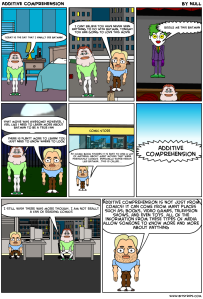A meme is simply a piece of digital content, which is quickly spread around the Internet and becomes a cultural experience that is shared (units of culture). Memes are known for their entertainment value but they should be taken seriously due to their marketing, advertising, and public relations advantage.
Memes are relevant to digital media and communications because marketers can use them. Marketers use memes as a form of viral marketing. This form of marketing is known as memetic marketing. Memes are trendy and lucrative. The use of memes results in awareness. Memes have been used to create interest in films, campaigns, and advertisements.
Memes are popular in contemporary Internet culture (participatory culture) because they allow for people to self-create and add new value to media content they find meaningful, which can be spread by many people.
A successful meme is one that entails communication properties of which the original meme can quickly and easily be distorted, transformed, and repurposed as it moves through the Internet while retaining its informational content. A successful meme is one that provokes manipulation by a large variety of communities who then can offer a great quantity of new contexts to expand meaning as it’s duplicated.
Memes are neither primarily visual nor linguistic; both must be equal in presentation and its ability to be adapted. The structure is of most importance. The combination of both visual and linguistic texts is necessary to construct the message.
This meme I’m sure a lot of people can relate to, whether in a work or school environment. The image implies the disgust the person who did the work feels towards the person who did not contribute, but appears to be taking credit for the presentation’s success. The texted adds to the structure in getting the message across to its audience.




